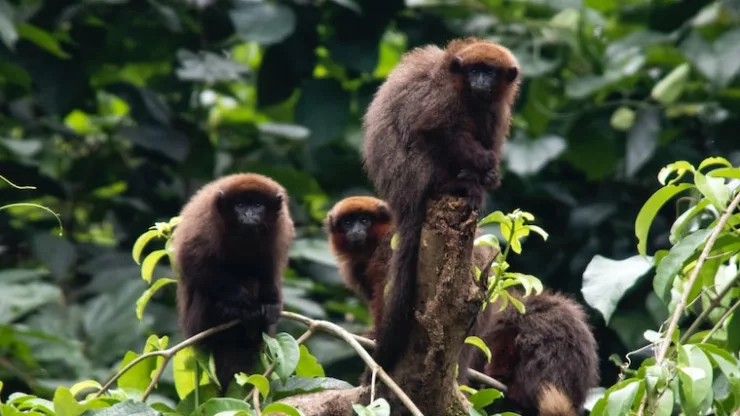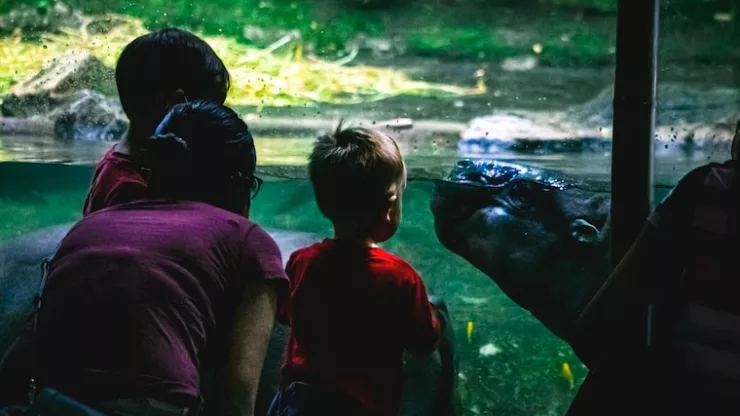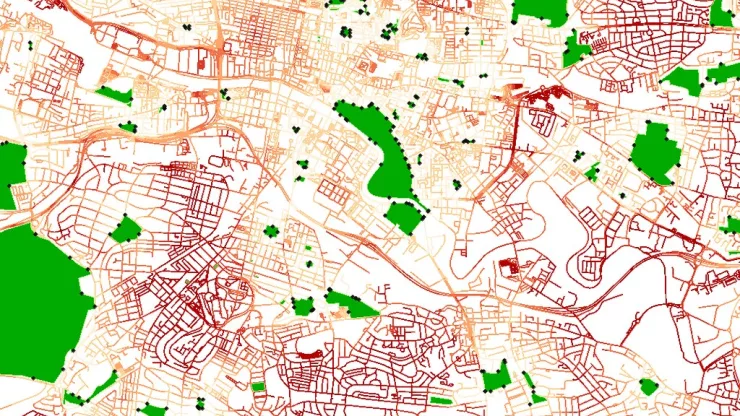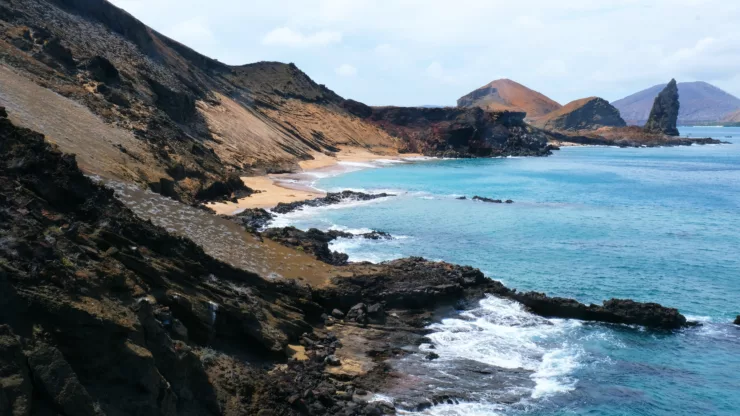Jump to Section
Madre de Dios: Peru’s Biodiversity Hotspot
Madre de Dios, located in the southern part of Peru, is known for its unique and diverse ecosystem.
It is home to a wide range of species, including rare mammals, colorful birds, and thousands of plant species.
The region is considered one of the most biodiverse areas in the world, making it a top destination for nature enthusiasts and researchers.
Discovering the Flora and Fauna of Madre de Dios
Madre de Dios is a paradise for nature lovers, with many opportunities to explore the region’s diverse flora and fauna.
Here are some of the species you can expect to see:
- Plants: With over 4,000 species of plants, Madre de Dios is a botanical paradise. From giant trees to delicate orchids, the region is home to a wide range of plant life.
- Mammals: Madre de Dios is home to many rare and unique mammals, including giant otters, jaguars, pumas, and tapirs.
- Birds: The region is also a birdwatcher’s paradise, with over 1,000 bird species, including colorful macaws, toucans, and hummingbirds.
From Giant Otters to Colorful Macaws: Meet the Wildlife
Madre de Dios is home to a wide range of wildlife, making it a unique and exciting destination for nature lovers.
Here are some of the most notable species in the region:
- Giant otters: These adorable creatures are the largest otters in the world and can be found in the rivers and lakes of Madre de Dios.
- Jaguars: Madre de Dios is one of the best places in the world to see jaguars in the wild. These majestic cats can be seen hunting along the riverbanks at dawn and dusk.
- Colorful macaws: With their bright plumage and loud calls, macaws are one of the most iconic birds in the region. Madre de Dios is home to several species of macaws, including the blue-and-yellow macaw and scarlet macaw.
Conservation Efforts in Madre de Dios: Protecting the Unique Ecosystem
The biodiversity of Madre de Dios is under threat from deforestation, illegal mining, and other human activities.
To protect the unique ecosystem, several conservation efforts are underway in the region.
These include:
- Protected areas: Madre de Dios has several protected areas, including Manu National Park and Tambopata National Reserve. These areas provide a habitat for many endangered species and are managed to ensure their long-term survival.
- Community-based conservation: Many local communities in Madre de Dios are working with conservation organizations to protect the region’s biodiversity. These efforts involve sustainable land use practices, eco-tourism, and education programs.
- Research and monitoring: Scientists and researchers are studying the region’s flora and fauna to better understand the ecosystem and develop conservation strategies.
FAQ
What is the best time of year to visit Madre de Dios?
The best time to visit Madre de Dios is during the dry season, from May to October.
The weather is sunny and warm, and the wildlife is more active during this time.
Is it safe to visit Madre de Dios?
Yes, Madre de Dios is generally a safe destination for travelers.
However, like in any other place, it’s always important to take precautions and be aware of your surroundings.
Can I see the wildlife on my own, or do I need a guide?
While it’s possible to see wildlife on your own, it’s highly recommended to hire a guide.
A guide can help you spot animals that you might miss on your own and provide valuable information about the ecosystem.
What can I do to help support conservation efforts in Madre de Dios?
There are several ways you can support conservation efforts in Madre de Dios. These include:
- Choosing eco-friendly tour operators and accommodations.
- Supporting local conservation organizations.
- Being mindful of your impact on the environment while traveling.
I’m a nature enthusiast and creator of Metro Wilds and have spent years exploring the great outdoors.
With a passion for environmental conservation and sustainability, I have dedicated my career to writing about the beauty and wonders of nature, as well as the threats facing our planet.
Contact me at [email protected] for assistance.





